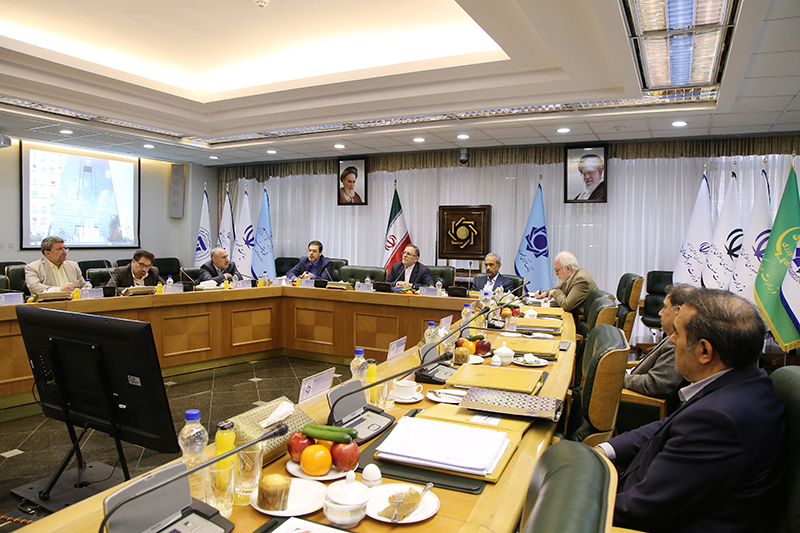Money and Credit Council–a decision-making body–has called on state-owned lenders for the first time to make their financial data publicly available in line with measures to boost transparency.
In its latest meeting on Tuesday, MCC, which is headed by Governor of the Central Bank of Iran Valiollah Seif, obligated public-sector banks to publish data concerning their performance within the framework of "Regulations Overseeing Minimum Standards of Transparency and Public Release of Information by Credit Institutions" from the beginning of the next fiscal year (March 21, 2018).
The framework had been previously made mandatory for private banks and credit institutions in March 2014, with the goal of “increasing transparency in banks and preparing the grounds for enforcing a general oversight over the banking system in line with the new standards of banking supervision”, according to the official website of CBI.
According to monetary regulations of the sixth five-year development plan (2017-22), MCC members include the economy minister or his deputy, the CBI governor, two ministers chosen by the Cabinet and the head of the Iran Chamber of Commerce, Industries, Mines and Agriculture, among others.
As listed on the CBI website, eight state-run banks operate in the country, six of which are specialized banks, including the Export Development Bank of Iran and Bank Maskan—the lender specializing in housing sector.
Based on the MCC decision, government-owned banks have been tasked with publishing data on financial statements, loan book and the type of loans, deposits, loan loss provision and how shareholders’ dividends are calculated and paid.
They are also mandated to publicly disclose information concerning management of various kinds of risk, namely credit, liquidity, operational and market risks, and divulge data on corporate governance and internal controls like the structure of the board of directors, executive board, list of major shareholders and corporate structure.
As part of new transparency moves, the chairman of Majlis Economic Commission announced this week that the two-year-old law requiring economic entities affiliated to quasi-governmental bodies to make their financial statements transparent will be put into effect in the current Iranian month (started May 22).
Transparency Crusade
The CBI this month notified Basel III principles on corporate governance to Iranian private banks and credit institutions, as part of the regulator’s mandate to incorporate global standards.
The central bank obligated all non-government credit institutions to implement their corporate governance structures in accordance with the contents of the directive within one year from the time of its notification and report their progress to CBI, which should be subsequently presented to MCC.
Information regarding significant events in the banks such as changes in registered capital, changes in major executive posts and any opening and closing of branches are among other data that state-owned lenders have been ordered to release from next year.
Earlier this month, Vice President Es’haq Jahangiri said rampant corruption has damaged national interests and highlighted the need for promoting transparency across all sectors.
“Corruption is one of the major problems of the country, which has hampered the development of national economy,” he said at the time.
As per an executive order by President Hassan Rouhani, the transfer of all government accounts to the Central Bank of Iran will be completed in the next fiscal year (March 2018-19).


